NCERT Science Solutions for class 7 chapter 9 – Soil
NCERT Science Class 7 Solutions of chapter 9 – Soil
NCERT Science Solutions for class 7 chapter 9 – Soil
NCERT Science Solution for class 7 chapter 9 – Soil . in this chapter we will study the Soil its components
NCERT Science Solutions – Soil Notes
NCERT Science Chapter 9 Soil Notes-
Soil is one of the most important natural resource
Soil – The Mixture of rock particles and humus is called as the soil
Function of soil –
– it gives support to the plant
– it enhance the growth of the plant
– it is essential for agriculture
– it is home of many organism
Layers of Soil –
the soil is composed of various layers
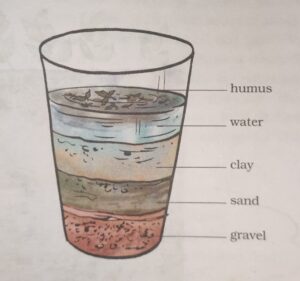
NCERT Science Solutions for class 7 chapter 9 – Soil
Humus – The rotting dead matter in the soil is called humus
Weathering – Soil is formed by the breaking down of rocks by action of wind, water, and climate is known as weathering
Soil Profile –
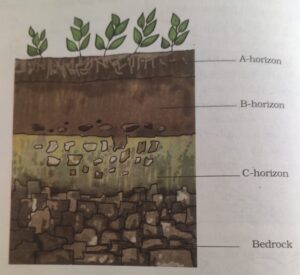
A Verticle section through different layers of the soil is called the soil profile
– each layers has different Texture, Colour, Depth and Chemical composition these layers are referred to as horizon
https://en.wikipedia.org/wiki/Soil_texture
Horizons –
NCERT Science Solutions for class 7 chapter 9 – Soil
the various soil horizon are as follows
1) A horizon
2) B horizon
3) C horizon
4) Bedrock
1) A horizon –
It is the uppermost horizon
it is generally dark in color
it is rich in humus and minerals
https://en.wikipedia.org/wiki/Mineral
humus makes soil fertile
humus provide nutrient to growing plants
this layer is soft in nature
this layer is porous and retain more water
It is also known as Top Soil
Many organism such as worms, rodents, moles and beetles live here
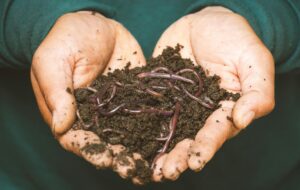
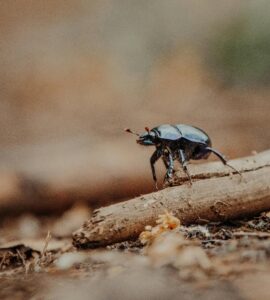
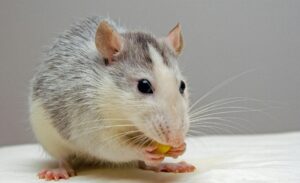
https://biosimplified.com/neet-topic-wise-questions-animal-classification-1/
NCERT Science Solutions for class 7 chapter 9 – Soil
B – horizon –
it have lesser amount of humus
it have more amount of Minerals
this layer is more harder and compact
it is also known as middle layer
C layer –
it is made up of small lumps of rocks with crack and cervices
Bedrock –
it is the layer which is present below the C – horizon
it is very hard layer
NCERT Science Solutions for class 7 chapter 9 – Soil
TYPES OF SOIL –
The soil is classified on the basis of the proportion of particle of various size
soil is classified as follows
1) Sandy soil –
2) Clayey soil –
3) Loamy soil –
1) Sandy soil –
The soil which contain greater proportion of big Particles is known as sandy soil
2) Clayey soil –
if the proportion of fine particles is relatively higher in the soil then the soil is called as Clayey soil
3) Loamy soil –
if the amount of large and fine particle is near about same in the soil then it is known as Loamy soil
NCERT Science Solutions for class 7 chapter 9 – Soil
SOLUTIONS –
Tick the most suitable answer in questions 1 and 2
1) In addition to the rock particles, the soil contains
1) air and water
2) water and plants
3) minerals, organic matter, air and water
4) water, air and plants
Solution – Minerals , Organic matter, air and water
2) The water holding capacity is the highest in
1) sandy soil
2) clayey soil
3) loamy soil
4) mixture of sand and loam
Solution – the water holding capacity is the highest in Clayey soil
3) Match the item in column 1 with those in column 2
Solution –
| Column 1 | Column 2 |
| A home for living organism | All kinds of soil |
| Upper layer of the soil | Dark in colour |
| Sandy soil | Large particle |
| Middle layer of the soil | Lesser amount of humus |
| Clayey soil | Small particle and packed tight |
4) Explain how soil is formed ?
Solution –
As we know the soil is formed from the process of weathering
Weathering – it is the breaking down of rocks by the action of winds, water and climate
the above mentioned factors continue to weather the rocks and this process led to continuous break down of the rock and led to the formation of the soil.
